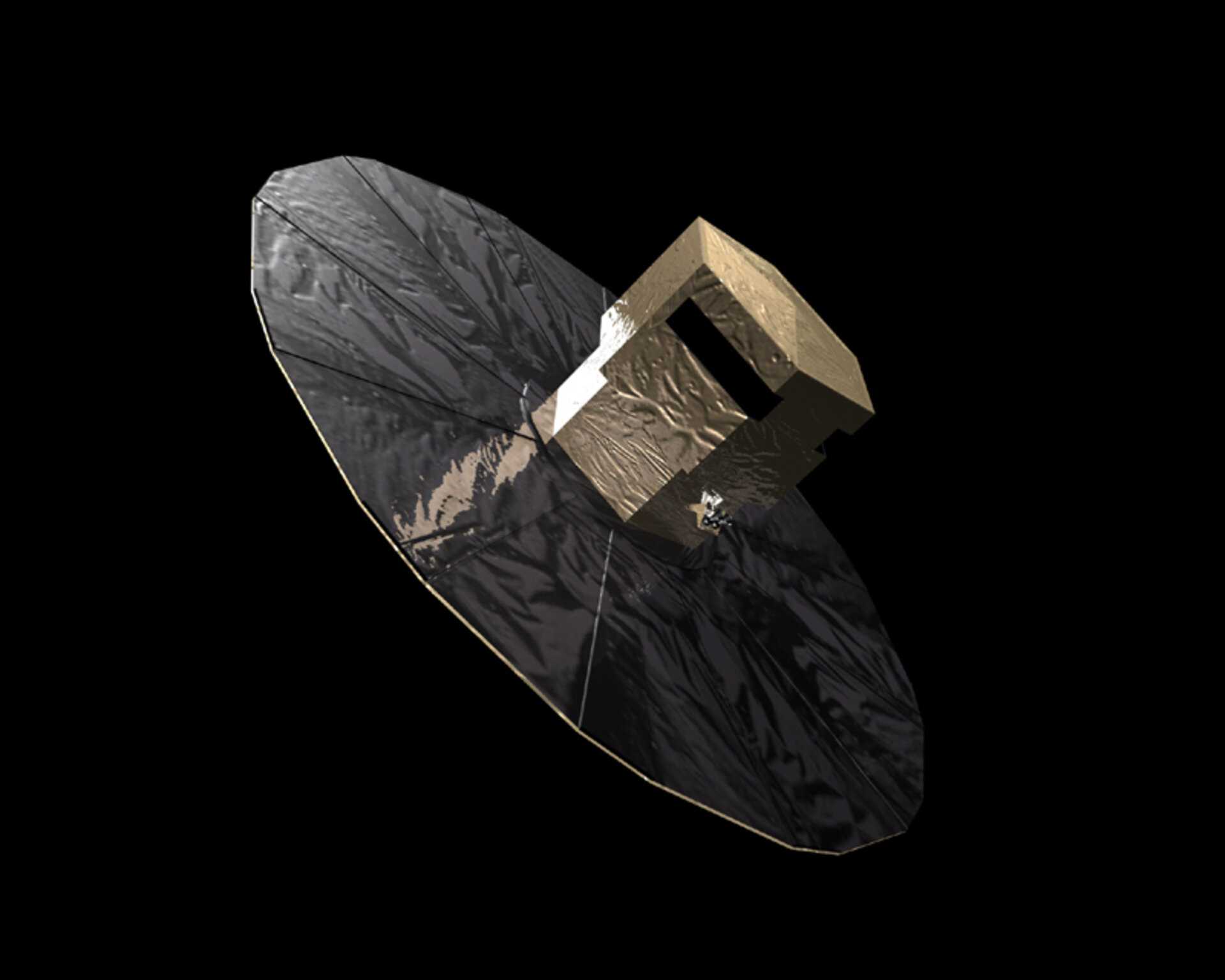The billion-pixel camera
ESA’s ‘discovery machine’ Gaia is designed to photograph one thousand million stars and hundreds of thousands of other celestial objects, so its camera will have to be something truly special.
Indeed, when Gaia lifts off from ESA’s Spaceport at Kourou in French Guiana in 2013, it will be carrying the largest digital camera in the Solar System. Essentially, Gaia will survey anything in the Universe that it can lay its electronic eyes on. As it spins gently in its orbit, 1.5 million kilometres away from Earth, it will scan the entire sky for stars, planets, asteroids, distant galaxies and everything in between.
The aim is to detect every celestial object down to about a million times fainter than the unaided human eye can see. To do that, it needs a large camera. In fact, there will be 170 separate cameras in Gaia, tiled together in a mosaic to register every object that passes through the field of view.
Scientists call each individual camera a ‘charge-coupled device’ (CCD). An additional instrument will take the total number of CCDs to over 200.
Each CCD is itself a major piece of hi-tech kit that converts light into electrical charge and stores it in tiny traps known as ‘pixels’ until the computer reads out this information. With about nine million pixels, Gaia’s CCDs are each between 5 and 10 times larger than those used in digital cameras currently on sale in our shops.
The size of each CCD presents some unique manufacturing challenges. Even in the purest silicon, defects can occur. Typically, with the CCDs that are used in our digital cameras on Earth, perhaps 20 or more are manufactured from the same silicon wafer and one or two rejects are tolerable.
However, the Gaia CCDs are so large that only two will fit onto each silicon wafer. So the chance of a defect occurring in a Gaia CCD is considerable.
To help refine the manufacturing process, ESA is running a prototype production line with the UK-based company e2v, who specialise in cutting-edge research quality CCDs. They are the same company that provided most of the scientific CCDs for ESA's orbiting X-ray observatory XMM-Newton.
“For XMM-Newton, e2v provided 33 flight quality CCDs. This was a major achievement, but for Gaia, we aim to fly more than 200 in all,” says Alexander Short, one of Gaia’s CCD experts at the European Space Technology and Research Centre (ESTEC), in the Netherlands.
Once Gaia is in space, solar activity such as solar flares and ‘coronal mass ejections’ could damage the CCDs and blur the images.
To minimise the effects of this ‘radiation damage’ during the mission, Short and colleagues are working on shielding and a number of other solutions to ensure that Gaia can become the most successful discovery machine in the history of astronomy.















 Germany
Germany
 Austria
Austria
 Belgium
Belgium
 Denmark
Denmark
 Spain
Spain
 Estonia
Estonia
 Finland
Finland
 France
France
 Greece
Greece
 Hungary
Hungary
 Ireland
Ireland
 Italy
Italy
 Luxembourg
Luxembourg
 Norway
Norway
 The Netherlands
The Netherlands
 Poland
Poland
 Portugal
Portugal
 Czechia
Czechia
 Romania
Romania
 United Kingdom
United Kingdom
 Slovenia
Slovenia
 Sweden
Sweden
 Switzerland
Switzerland






























